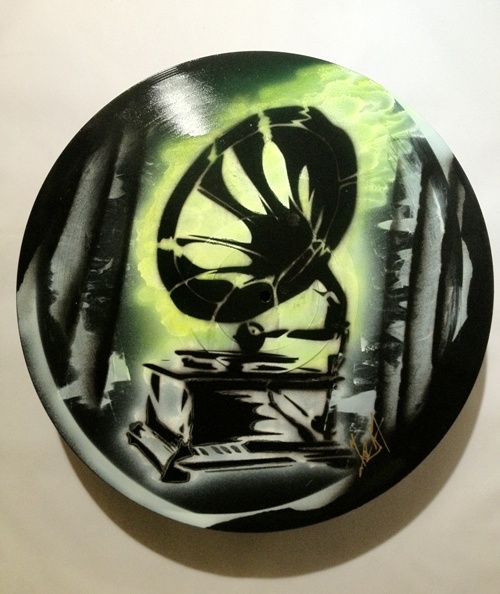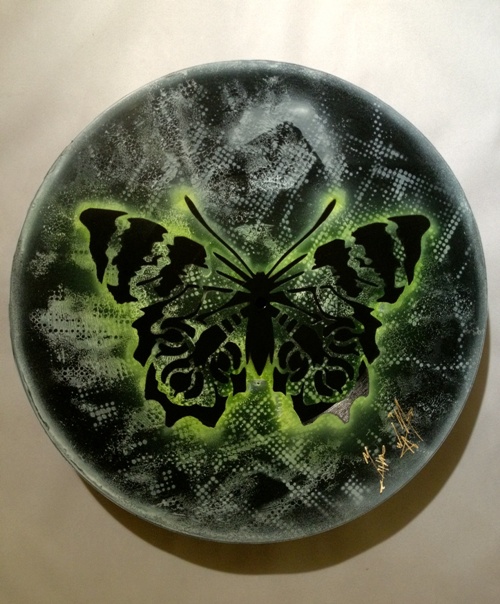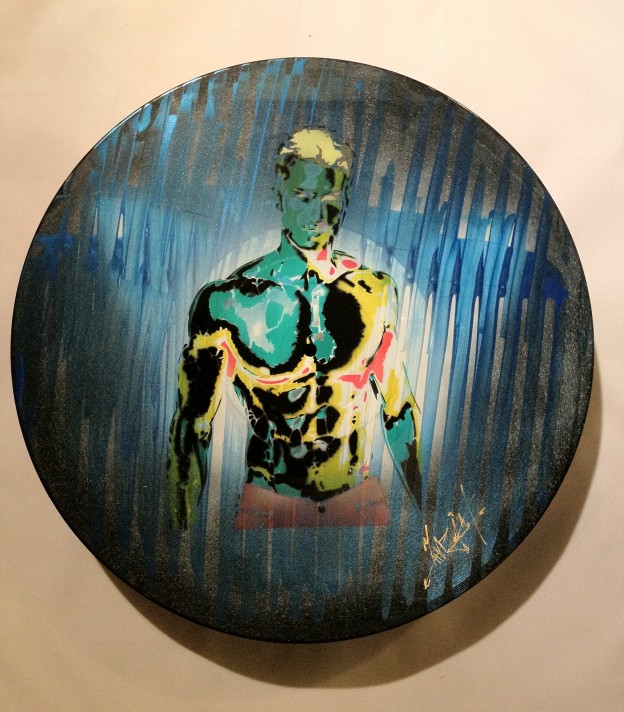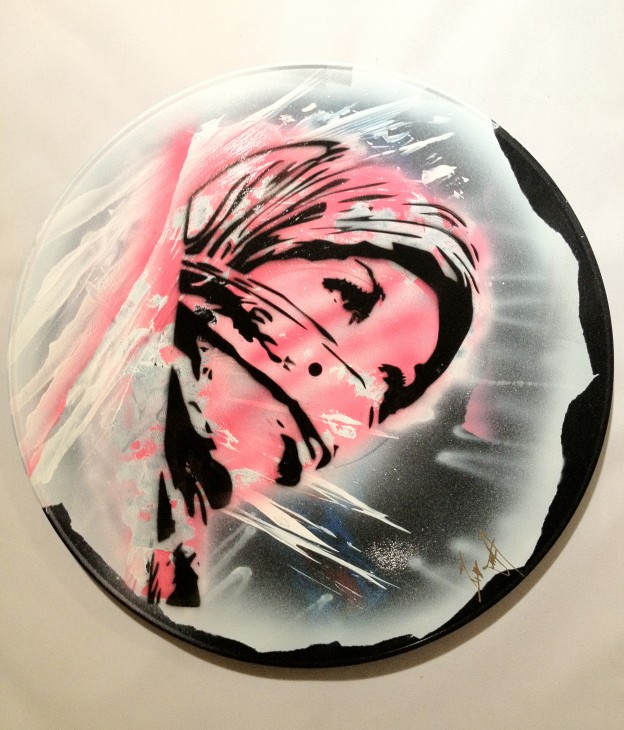How to paint and draw: a blog about art.
-

Can I Use the Same Artist’s Brushes on Oil and Acrylic?
By Marion Boddy-Evans There are two ways this question can be meant: 1: Can you use the same set of brushes in both your oil and acrylic paintings rather than having separate sets? 2: Are there types of brushes that should be used only with oil or acrylic? I put a piece of masking tape around […]
-

How to Write an Artist’s Statement
An artist’s statement is a short piece written by the artist to accompany a particular painting or group of paintings. An artist’s statement shouldn’t be dismissed as insignificant or dashed out in a hurry as it’s a vital selling tool, promoting and explaining your work to people looking at your paintings, whether they’re potential buyers, […]
-

How to Set a Price For a Painting
Setting a price for a painting is hard. If you overprice your work, you may not sell anything but, conversely, if you under-price it you may not recoup your costs or get taken seriously. Here’s How: Research the market to find out what other artists are charging in your area. Prices will be more in […]
-

How to Sign a Painting
Adding your signature to a painting is like adding a stamp to it that reads “finished”. It’s a sign that you’re satisfied with the painting and no longer consider it a work in progress. Is It Really Necessary to Sign a Painting? It’s not a legal requirement, but if you don’t add your name to […]
-

Juried Art Shows
On occasion I am asked to help jury an art exhibit. These requests are never answered right away. This is a great responsibility, of course not life and death, but responsibility nevertheless. Always I am an artist and as such experience the anticipation and often the disappointment when the juror’s results come back. How long […]
-

How to Create a Body of Work and a Distinctive Style as an Artist
If you’re looking to get gallery representation, or to sell your art in some other, more innovative way, we have to assume that you already have a body of work that consists of at least 20 or 30 works in a style, medium, colors, and subject matter that distinguish you from every other artist in some way. […]
-

Amateur vs Professional Artist
After visiting two art exhibitions, one put on by my local art club and the other by a group of professional artists, I realized that whilst the amateur show had many ‘nice’ paintings, and showed a high level of painting ability, the professional show had many more paintings that had that ‘wow’ factor that made […]
-

How to Create a Body of Work and a Distinctive Style as an Artist
If you’re looking to get gallery representation, or to sell your art in some other, more innovative way, we have to assume that you already have a body of work that consists of at least 20 or 30 works in a style, medium, colors, and subject matter that distinguish you from every other artist in some way. […]
-

Choosing Art as a Career
So you want to be an artist… is this a realistic career choice, or are you going to live in a cockroach-infested flat for the rest of your life, fulfilling the “starving artist” stereotype? In short, the odds of being a successful fine artist (someone who makes a living by creating original, one-off pieces of […]
-

How to Test if a Paint Color is Opaque or Transparent
Different pigments have different covering properties. Some are extremely transparent, barely showing on top of another color. Others are extremely opaque, hiding what’s beneath. Considering this, and not just what the color is, can enhance a subject. For example, using a transparent blue in a sky gives a greater feeling of airiness than an opaque blue will. […]
Got any book recommendations?